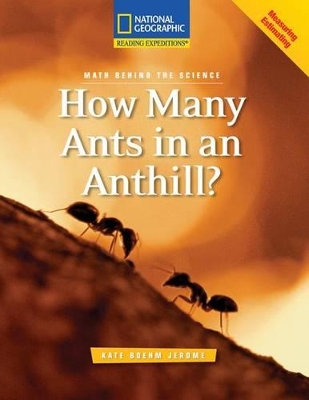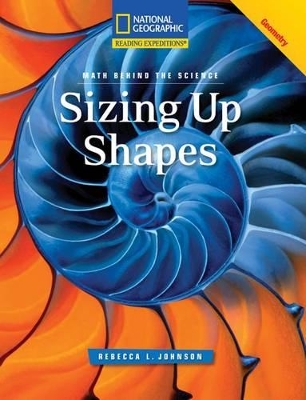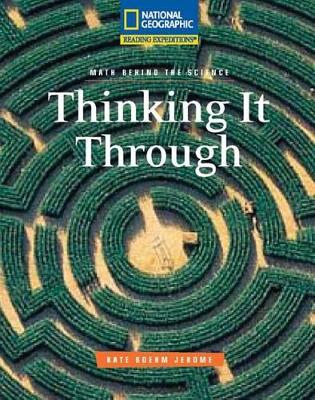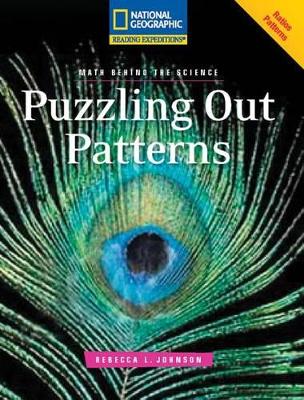Math Behind the Science
8 total works
Reading Expeditions (Science: Math Behind the Science): How Many Ants in an Anthill?
by National Geographic Learning
Reading Expeditions (Science: Math Behind the Science): Sizing Up Shapes
by National Geographic Learning
Reading Expeditions (Science: Math Behind the Science): Thinking It Through
by National Geographic Learning
Reading Expeditions (Science: Math Behind the Science): Number Know-How
by National Geographic Learning
Reading Expeditions (Science: Math Behind the Science): What's the Chance?
by National Geographic Learning
Reading Expeditions (Science: Math Behind the Science): Decoding Data
by National Geographic Learning
Reading Expeditions (Science: Math Behind the Science): Puzzling Out Patterns
by National Geographic Learning







